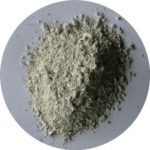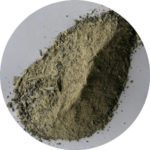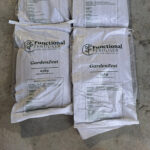By P.W. Burton
If the chat amongst farmers is correct, and it almost always is, regulation is about to be imposed on dairy farmers, and a cornerstone of it will be a requirement for cow numbers to be reduced.
The thinking is that cows are the primary producers of the excess nitrates entering groundwater, and fewer cows means less urine and lower levels of nitrates. That argument is flawed, and a reduction in cow numbers alone won’t deliver the hoped-for result. But should fewer cows become mandatory, dairy farmers can benefit.
Back when payment to farmers was calculated on fat, 200kg of fat per cow was genuine success, and farmers achieving it consistently were held in high esteem.
200kgs of fat today equates to around 350kg of milk solids. It’s important to remember at that time herds were mostly wintered at home, and the supplement fed during winter was also harvested from the property.
Standard stocking rate was a cow to the acre, (2.5 cows/ha) producing in today’s figures 850kg MS/ha. Young stock were often carried at home and, when that is worked into the equation, production achieved from pasture alone is little different from the best operators today.
As in all industries there are a handful of operators that operate in a different realm. Their total pasture production comfortably exceeds district average. Per animal and hectare production is also superior, and their balance sheets show regular and healthy cash surpluses. It is these folk we can learn from.
There are a number of secrets to their success. However the most important one is the way they feed their animals, and ‘maintenance’ is not part of their vocabulary. Animals are fully fed 365 days of the year, without exception.
Their animals are not necessarily better bred, they just consume more because there is always high-quality feed available. The pasture grazed is longer than the norm, so that in their naturally allotted grazing time they can consume more with less time and energy spent walking.
The target is for each animal to produce its liveweight in milksolids each year. This means that 1250kg MS/ha is achieved at a stocking rate of 2.5 cows/ha. That’s 20% fewer animals than the ‘average’ stocking rate of 2.9 cows/ha in the Waikato, and 25% fewer that the 3.3 cows/ha in Canterbury.
Fewer cows means less feed to maintain liveweight and hence more is available for production. Most farmers already know this because, as animals are culled during the season, there is no loss in milk production, often an increase occurs.
Mating and herd testing costs are charged per cow, so those decline and, with better feeding, animal ill-health costs also decline.
For many farmers the current focus is on having enough animals to fully utilise pasture when it is growing most rapidly. Their attitudes and practices will have to change. Those who have already made the transition are amazed how stress free their operations have become.
Feeding fewer cows/ha means grazing residuals are significantly longer than before. Therefore, should there be a short-term decline in growth there is always a buffer that can be utilised.
The focus on cow days in milk prior to the end of December no longer figures in planning, as high levels of daily production are carried forward into summer. A genuine 30-day interval between grazings means that pastures are grazed a maximum of three times over summer prior to autumn rain arriving.
Maintaining the grazing interval necessary for full recovery of pasture becomes a simpler exercise. Pasture runout is largely eliminated as sufficient self-seeding takes place naturally.
To move from a low cover, rapid grazing round system requires planning and effort. The ideal time to break the cycle is autumn, by drying off earlier, reducing animal numbers, and carrying increased covers ahead.
It can be achieved incrementally by culling low producers, and others that won’t make next season’s milking mob, late this year, with a focus on fully feeding and longer grazing intervals next year. It takes time, but it’s a stress free way to meet the potentially coming limitations on cow numbers, by making the necessary changes in your own time without pressure.
For more information contact Peter on 0800 843 809.




